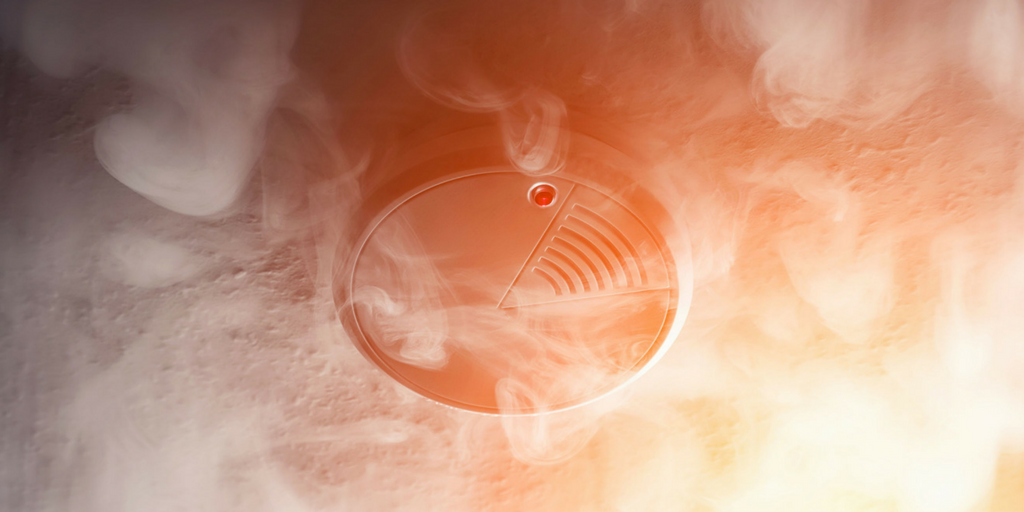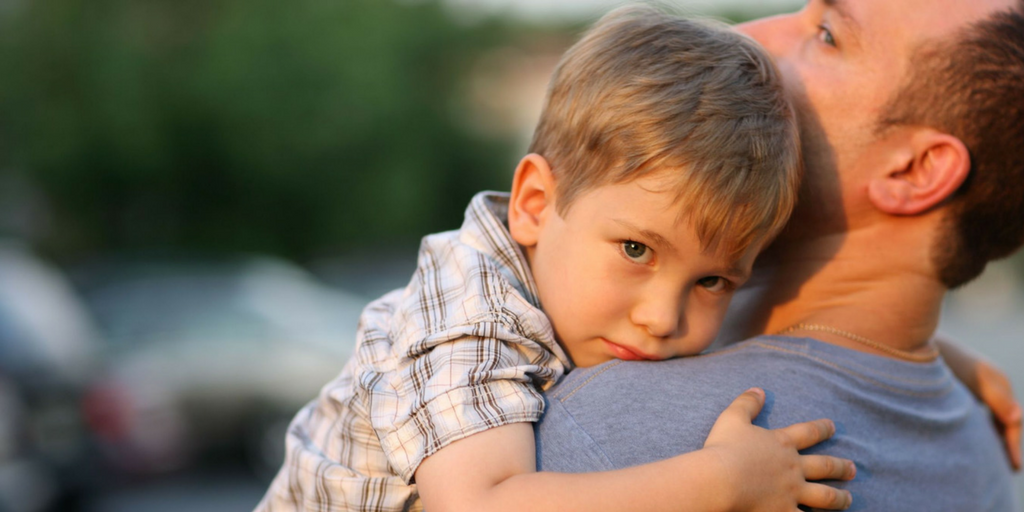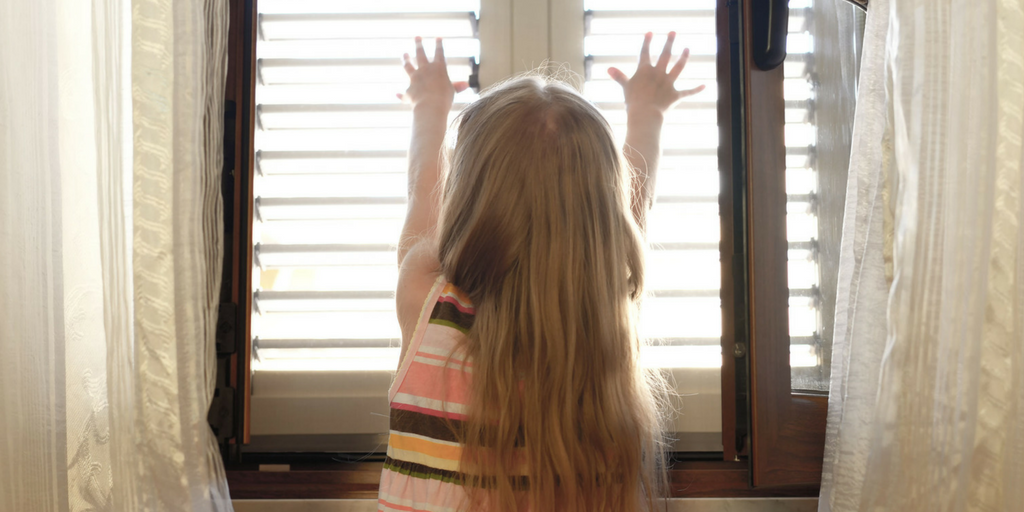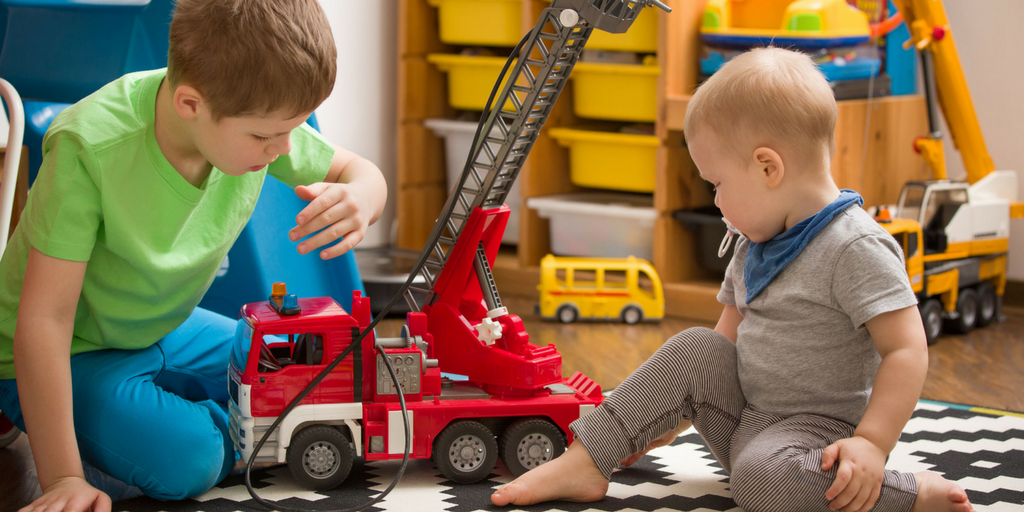Fire safety is important for all children to know. Teaching fire safety to children has led to a 50% decrease between 2005 and 2014 in fire-related deaths for children. While many fire tips seem obvious to adults, children have never been exposed to the possibility of a fire before and learning escape routes isn’t something that they would think about.
It’s important to have a conversation with your children about what to do in the event of a fire, and it helps them remember what to do if you practice several times. While you may think it’s not likely that a fire will ever occur, accidents do happen, and your child needs to be prepared. Preparation can save their life.
Smoke Detectors

Having smoke detectors reduces the number of fire-related deaths by half. As annoying as it may be, you should test your smoke detectors at least once a month. Each smoke detector in your home should have a test button, which should be pressed to make sure it’s functioning properly. Once a year, you should change the batteries, which will ensure that it’s working properly and won’t wake you up in the middle of the night when the battery is dying.
When you test the smoke detectors, it’s also a good idea to instruct your child what to do when the alarm sounds. After the fire alarm sounds, you need to have a plan in place for what your child should do in each situation.
Meeting Place

The first thing any child should understand about emergencies is calling 911. In any event, they should know when it’s necessary to call 911 and to not use that number if there’s not an emergency. Practice their home address to help them memorize it and leave a note on the refrigerator or by the phone in case they forget.
Next, you should establish a location to meet if there’s a fire. This location needs to be a safe distance from the house. A trusted neighbor’s house is a good place to meet, because you can safely call 911 from there. If your child is old enough to be home alone, going to a neighbor’s can ensure their safety, and your neighbor can make sure you and emergency services are contacted.
Tell your child that getting out of the house is the most important thing that they can do. Make sure that they understand not to go back into the house for anything, pets, objects, or other family members.
Know Two Ways Out of Every Room

We all remember being taught to feel the doorknob before opening the door, so be sure to instill that same reflex in your child. Teach them to feel if the door knob is warm or hot or if smoke is coming through the bottom of the door. If the door knob is cool and there’s no smoke, have them proceed with caution and open the door.
If smoke is coming through the door, show them how to use clothes or blankets to cover the bottom of the door. Also show them how to cover their mouths with an article of clothing and crawl to prevent smoke inhalation and stay beneath heavy smoke.
After assessing that they can’t exit through the door, show them how to exit the window. If it’s not safe to exit the window or they can’t open it, tell them to stay by the window and try calling for help. In staying by the window, firefighters can locate them and get them out.
Practice, Practice, Practice

Children learn and remember when they’re having fun! After practicing crawling, testing door knobs, and meeting at a safe location, let them be the “fire marshall” and decide when to have a practice house fire. Have these practice situations every few months or more.
For added safety, an alarm monitoring system can alert you if the smoke detector is sounding and 911 an be alerted immediately. If you have a camera system installed, you will also be able to see where the fire or smoke is and if your child escaped the house safely. While practicing fire safety may seem like a hassle, it’s an extremely important part of your child’s education and can ultimately, save their life.



